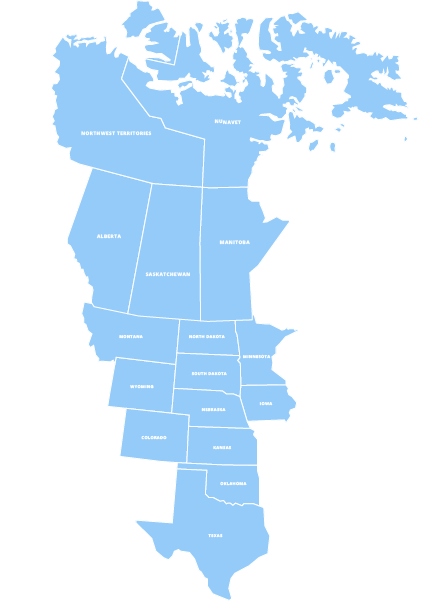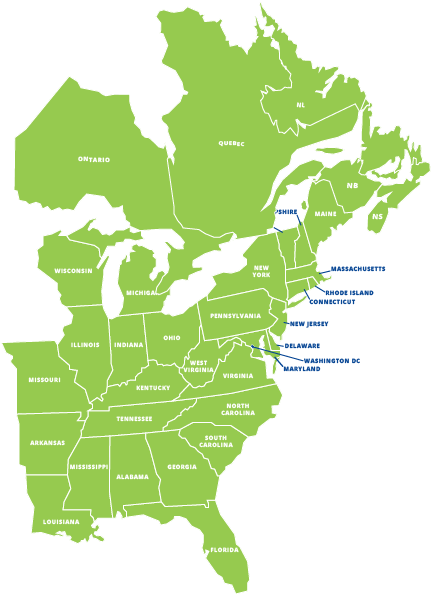Kennel training offers a myriad of benefits for both you and the dog—it helps prevents accidents in the house, and it offers these den animals a safe, cozy space to retreat to. However, starting the process can feel frustrating for some dog owners, and if done incorrectly can negate these benefits. The most important things to keep in mind when you start crate training is selecting an quality pet kennel, making it a comfortable space, creating a routine, and being patient.
Selecting a Kennel
The first step in crate training is choosing a kennel. With so many styles to choose from, this can feel overwhelming. However, here are several important factors to consider:
- Size matters. Your crate should be the right size for your dog—too big, and they’ll soil their cages, too small, and they’ll become uncomfortable and resist entering it. The best way to choose a kennel size is by measuring your dog from the ground to the tip of their head or ears and adding 2 inches for smaller breeds and 4 inches for larger breeds.
- Skip the plastic. Plastic crates may seem like a more affordable option, but these can often become stained and damaged, causing potential safety hazards for your pup. Opting for more durable materials like stainless steel panels will ensure your cage lasts a lifetime and also makes clean-ups much easier.
- Consider other features. A clean cage is important for the health and hygiene of your dog. Look for additional features, like removable trays, drain trenches, or lifted floors that will help to keep the cage cleaner and make your chores easier.
Making it comfortable
After choosing a kennel, you’ll want to make it a comfortable, safe space for your pup. You can add in blankets and a chew toy, cover the cage to block out light and give treats or dinner to your dog when inside the cage. The kennel should be a place that the dog wants to go to and should never be used as a punishment.
Creating a routine
If you are using kennel training as a way to housebreak your dog, having a routine is essential. This will allow your dog to get on a “bathroom schedule” that works for you. Your routine should include eliminating liquids and foods at least one hour before bedtime and providing the dog with plenty of time to urinate and defecate before going into the kennel. This will help prevent any accidents throughout the night.
Having patience
Creating a habit takes time. Your dog may whine and have a few accidents when starting. It’s ok—continue with the routine and give it time to work. Soon enough your dog will be going into his or her cage on their own. If the whining is preventing you and your family from sleeping at night, you may start by putting the cage near your bed and slowly increasing the distance until the dog feels comfortable sleeping alone.




